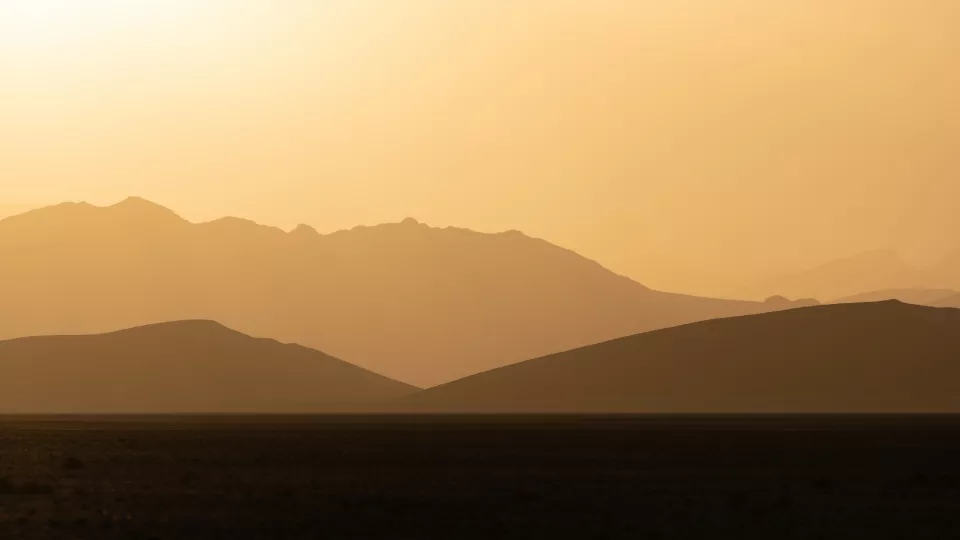Against this background, this study explores the spatiotemporal aspects of conflict, fire, and land use and land cover in this region. We combine several satellite-derived products, including land use and land cover, active fire, and precipitation.
We apply a partial correlation analysis to understand the relationship between fire, conflict, climate, and land use and land cover. Conflict events and fires have increased since 2014 and have followed a similar temporal pattern, and we show that certain conflicts were particular to certain land use and land cover contexts.
For example, the conflict involving the Islamic State was concentrated in southern areas with bare soil/sparse vegetation, and the conflict involving Turkey largely took place in northern mountainous areas characterized by natural vegetation and rugged topography. This dichotomy indicates divergent effects of conflict on the land system.
A surprising finding was that fire hotspots had a low positive correlation with the amplitude of distance to conflict while accounting for other variables such as land cover and climate. The high statistical significance of this relationship indicates nonlinearity and implies that a larger range of distances to conflict creates more space for the fires to spread in the surrounding landscape.
At the same time, fire hotspots had a weaker but negative correlation to distance from conflict events, which is somewhat expected as areas farther away from conflict locations have lower exposure risk to fires.
We discuss the implications of these findings within the geopolitical context of the region and acknowledge the limitations of the study. We conclude with a summary of the main findings and recommendations for future research.
Keywords: conflict; geopolitics; fire; land use; land cover; Kurdistan; Earth observation
To the Open access article in the journal Remote sensing
Photo by Eelco Böhtlingk on Unsplash



